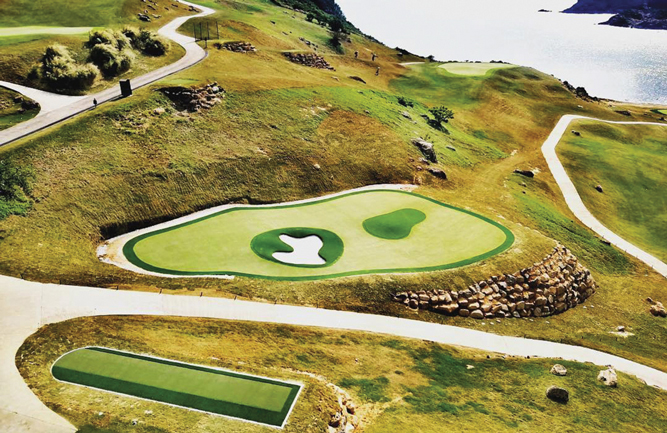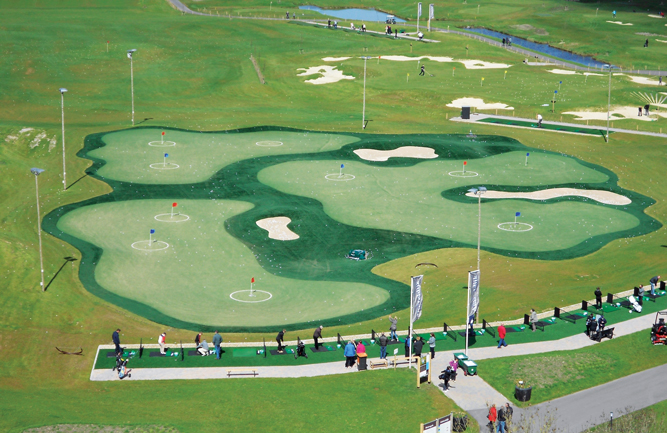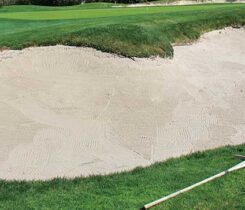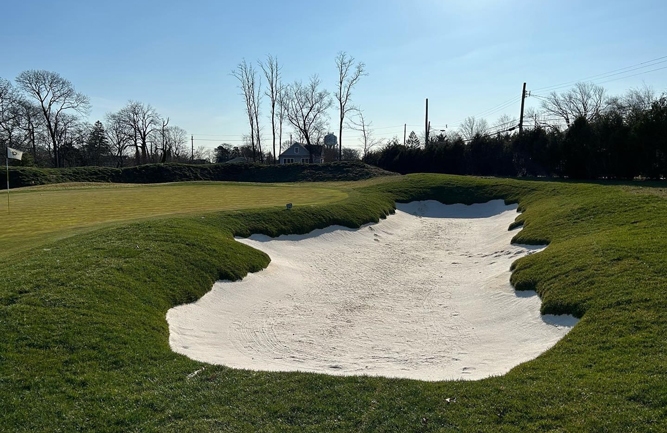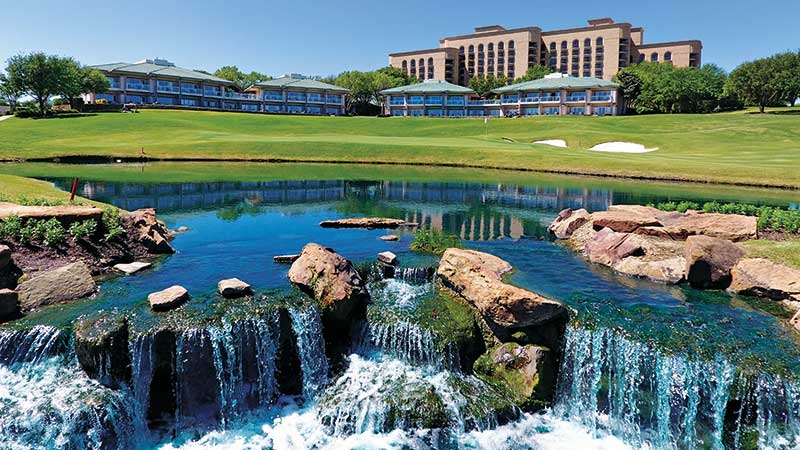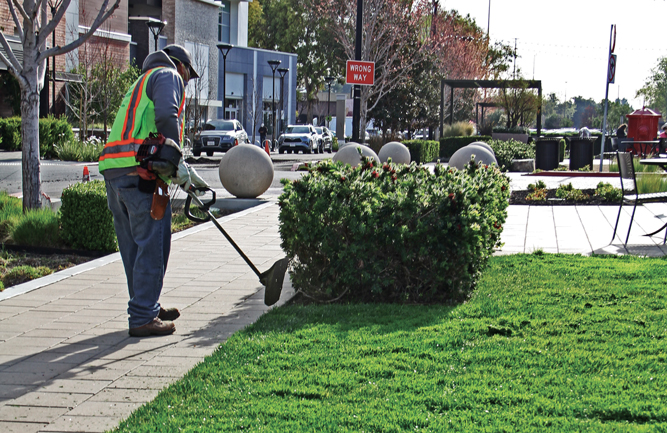Synthetic turf makes inroads in nonplay areas
Maintaining a golf course would be a lot easier if it weren’t for all of that grass. Some courses are making that a reality.
Garren Palmer, director of synthetic turf maker Southwest Greens, said the vast majority of his company’s putting greens still go into homeowners’ backyards, but a fast-growing portion of his business is coming from major golf courses looking to cut maintenance costs where they can.
“Thus far, we’ve been in that golf entertainment space,” Palmer said, referring to places like Top Golf where players don’t walk on the turf. “Our goal is to eventually be a part of the commercial golf course space.”
Internationally, the company has provided turf for courses in desert climates where maintaining real grass is nearly impossible. It’s also provided turf for par 3 courses. Hong Kong’s famed Clearwater Bay uses natural turf for its championship course, but the tee boxes and greens for its par 3 course are synthetic. Growth in the United States has been slower, but courses are showing interest, Palmer said.
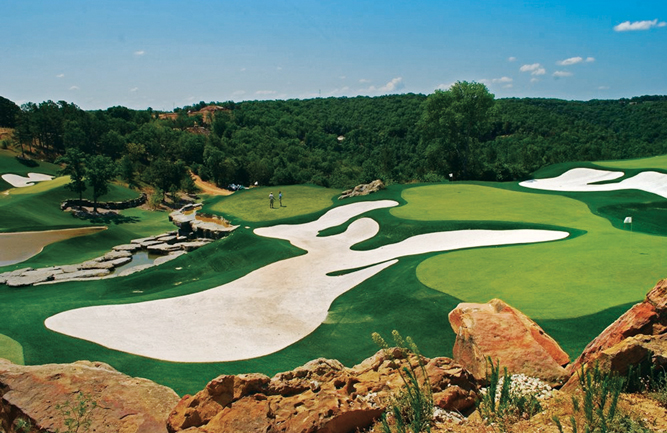
Courses opting for synthetic turf are using it mainly on practice courses, driving ranges and tee boxes, not grassy areas where golfers typically walk. (Photo: Southwest Greens)
South of Pittsburgh, Herb Graffis 2021 Businessperson of the Year Award winner John Shaw, CGCS, installed a synthetic turf bunker on his driving range at Valley Brook CC.
“It used to have real bunkers out here, always full of weeds and really hard to maintain,” Shaw said. “We open at 7:30, so the range opens at 6:30 in the morning. We never had time to get out here and properly maintain things.”
Synthetic turf on driving ranges is a no-brainer, he said. People never walk on or touch the surface — it’s just something to aim away from while practicing.
“It’s all about the look. We now have the look and very low maintenance,” Shaw said. “We’re able to drive right around them with the mowers.”
Palmer said about 80 percent of Southwest Greens revenue still comes from residential installations, but commercial used to account for far less than 10 percent. Of that commercial revenue, the bulk is golf entertainment, but he expects more courses to switch nonplay areas to synthetic in the future.
“No one’s going to do a whole course. Golf is still about being outdoors and in nature,” Palmer said.






